Lactuca serriola
A European lettuce with prickly leaves, the closest relative to cultivated lettuce
Lactuca serriola prickly lettuce
Add to MyPlants View Locations
This is an annual or biennial species native to Eurasia, but widely naturalized in North America. It is the closest wild relative to cultivated lettuce. It is a very tall, branched plant growing 2-7 feet tall. It has numerous small (1/4 inch) dandelion-like flowers that are pale yellow in color. Each flower consists of 16-24 ray florets. The flower head may contain 5-12 individual flowers. After maturity these flowers dry up and turn bluish. The fruit contains a single seed and a tuft of white bristles aids in wind distribution.
Prickly lettuce is distinguished from the similar native wild lettuce (Lactuca canadensis) because it has prickly leaves. The leaves are highly variable in shape and occur with and without lobes. The bases of the leaves clasp the stem. The upper leaves may be almost vertical. The main stem leaves tend to line up in a north-south direction so the plant can be used as a crude compass. All of the leaves have weak spines on the margin and prickles on the midrib. There are also prickles on the lower stem. The leaves exude a milky sap if broken. Juices of the plant seem to have been used in ancient times to induce sleep, suppress sexual desire, or as an ingredient in an anesthetic. It is found growing in waste places and along roadsides and blooms from June to October. It is generally considered a weed in agricultural areas. The leaves of this plant can be eaten raw or cooked but have a somewhat bitter taste. It is also called milk thistle, compass plant, or scarole.
Habitat & Range
Common in fields, woods, strip mines, roadsides, and waste grounds.
Present throughout the state.
| EMP: | FAC |
|---|---|
| NCNE: | FACU |
Phenology
Flowers July to September.
Lactuca serriola prickly lettuce
Synonyms: Lactuca scariolaAdd to MyPlants View Locations
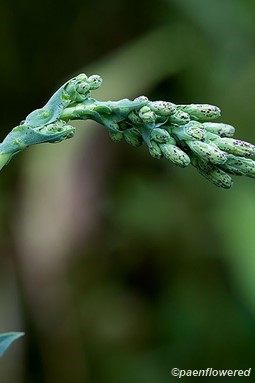
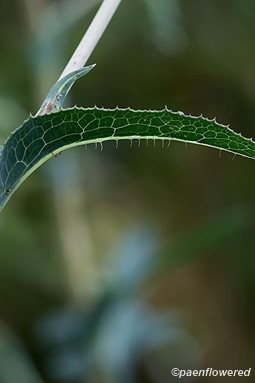
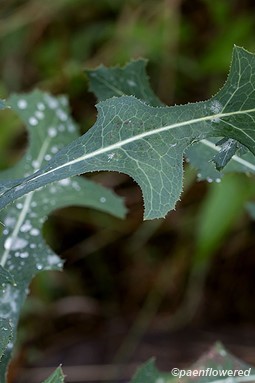
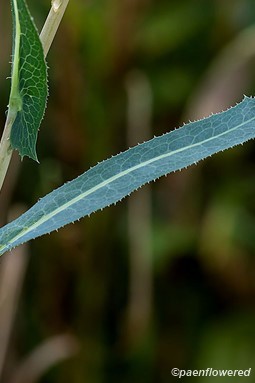
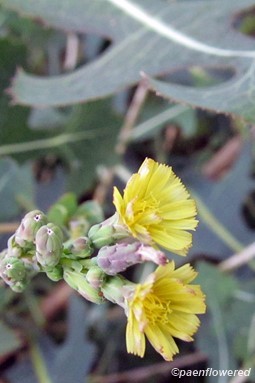
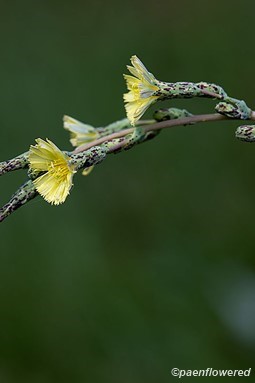
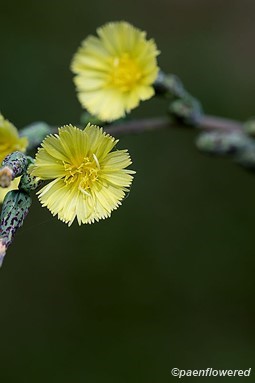




Comments
Have you spotted this plant in your area? We'd love to hear about your experience! Share your comments or questions about the plant below. Comments are moderated before posting.